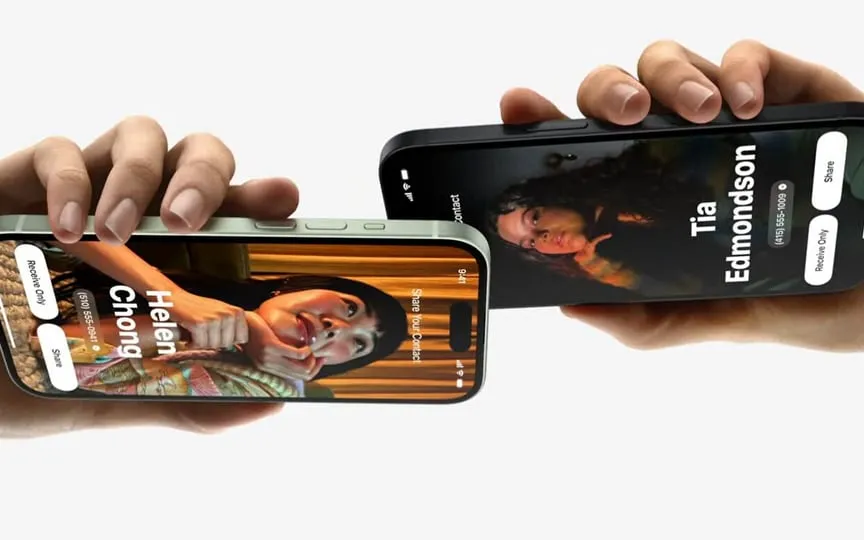Survey by Piper Sandler Reveals US Teens Prefer Apple Products
A recent report reveals that despite growing worries about inflation and its effects on the U.S. economy, American teenagers persist in giving priority to their technological preferences, with Apple’s iPhone and Apple Watch taking the lead.
Piper Sandler, the major investment banking giant, has released the results of its biannual study, aptly titled “Taking Stock With Teens.” This extensive survey involved 9,193 teenagers from 49 states across the country, and the average age of respondents was 15.7 years old, 9to5Mac reported.
Teens Buck inflation trends
In a surprising turn of events, as inflation bites into the wallets of many Americans, the nation’s teenagers seem to remain relatively unscathed when it comes to spending habits. This study reported only a marginal one percent annual decline in “self-reported” spending by teenagers, averaging $2,316. This decline is the first of its kind since the pre-COVID-19 era and highlights the resilience of this demographic.
Apple continues to dominate
Apple’s iconic iPhone remains the desired possession of 87 percent of American teenagers, and an impressive 88 percent expect the iPhone to be their next mobile device. In addition, 34% of respondents already own an Apple Watch, which strengthens the brand’s position in the Teen market.
The digital social scene
In the area of digital social interaction, TikTok has experienced an 80 basis point increase in popularity compared to spring 2023, securing its place as the favorite social platform among teenagers. Snap Inc. came in second, with Instagram following close behind.
Apple Pay dominates digital payments
Apple Pay is emerging as the most popular digital payment app, with 42% of teens reporting having used it in the past month. It is followed by Cash App, which has a 27 percent market share.
Beyond Tech: Food and Fashion
For young people from more affluent backgrounds, research reveals that food and fashion are important. Among teenage males in this demographic, food is number one, accounting for 25 percent of their spending. In contrast, clothing remains strong among female teenagers, accounting for 28 percent of their spending. This figure has dropped slightly, 260 basis points, compared to the fall of 2022, when women’s clothing spending peaked at 30%.
Disclaimers and representation
Although the numbers in this study may seem surprising, experts emphasize the importance of a truly representative sample in order to draw accurate conclusions. Surveying the opinions of 9,000 teenagers from the United States is considered a significant sample size, and even a significant increase in sample size is unlikely to significantly change the results. However, it is very important to note the “representative sample” disclaimer, as its accuracy has been questioned in the past.




